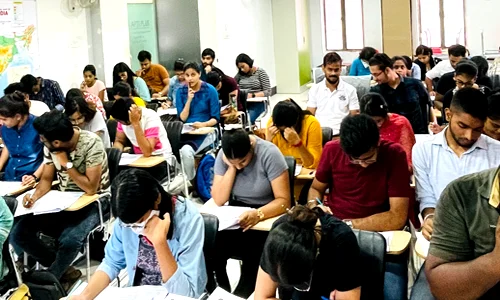



In 2024, global tree cover loss surged due to wildfires, with tropical forests burning 370% more than in 2023, releasing 3.1 gigatonnes of CO₂. Climate change and droughts intensified fires across the US, Canada, EU, and Asia, threatening biodiversity and ecosystems. In India, forest fires are increasingly severe, affecting forest health, wildlife, and local communities. Government measures include fire management, afforestation, and community engagement, while long-term strategies emphasize climate adaptation, monitoring, and resilience building.
Click to View MoreRapid urbanisation in the Himalayan foothills is changing rainfall patterns, causing heavier rains and longer dry spells. This shift increases flood risks and water scarcity, threatening ecosystems and communities. Advanced tools like machine learning help predict extreme events, but challenges remain in data gaps and infrastructure. Effective policies focused on sustainable urban planning, climate adaptation, and community involvement are crucial to manage these hydroclimatic changes and ensure water security.
Click to View MoreChina's construction of a dam on the Brahmaputra River has raised concerns in India about its impact on river flow. India is concerned that these dams could reduce water flow downstream, impacting agriculture and livelihoods. India is planning to build infrastructure to respond to this challenge, such as the Upper Siang Project in Arunachal Pradesh.
Click to View More
© 2025 iasgyan. All right reserved